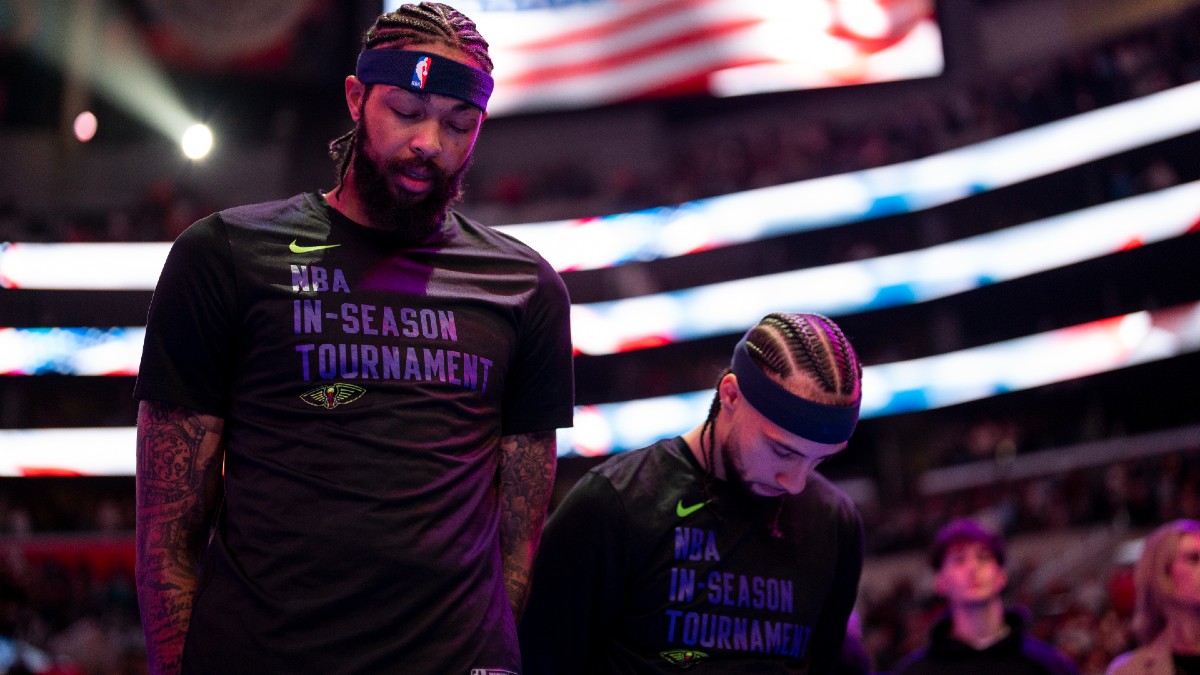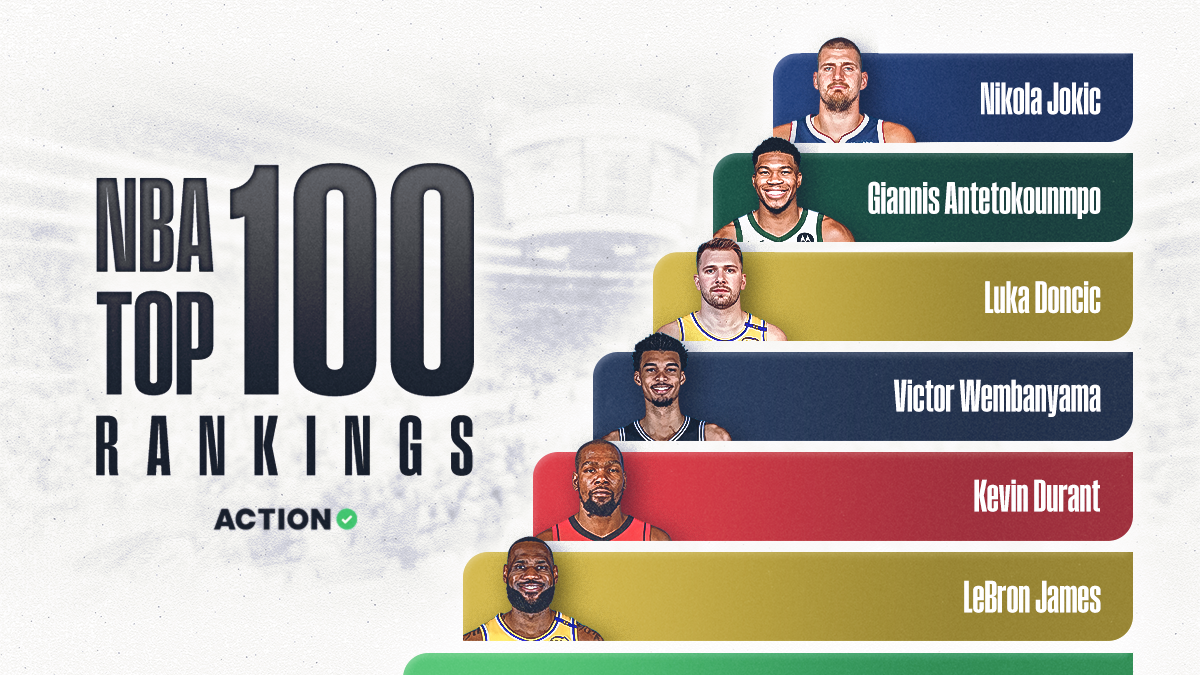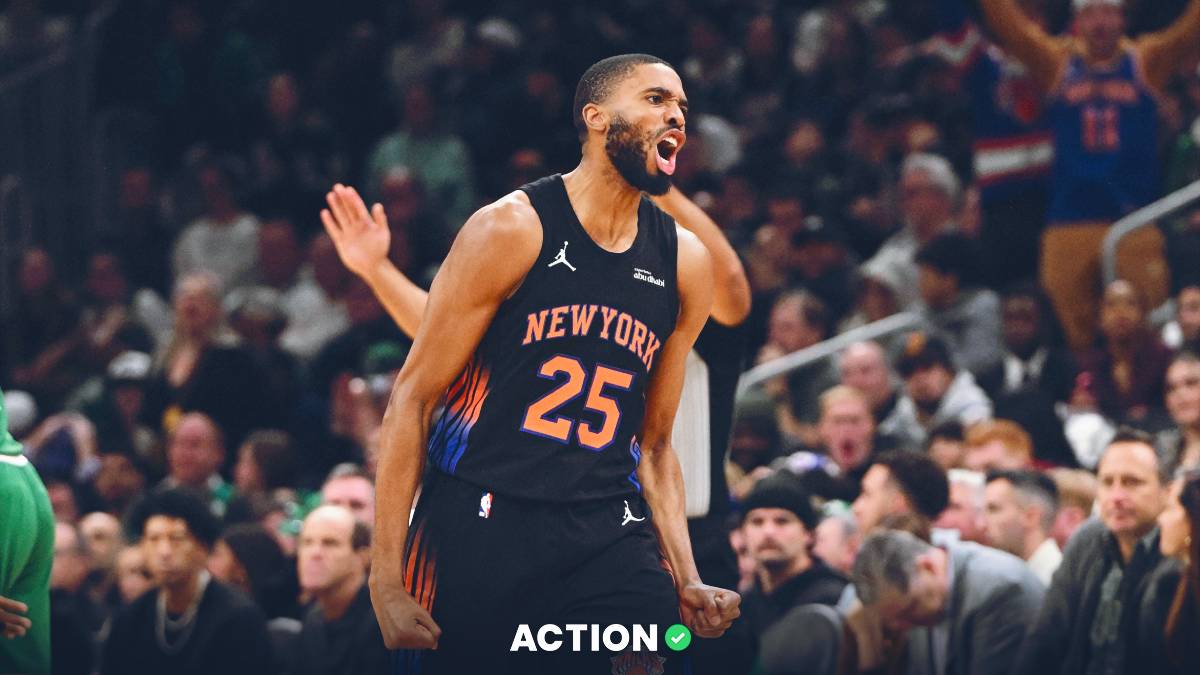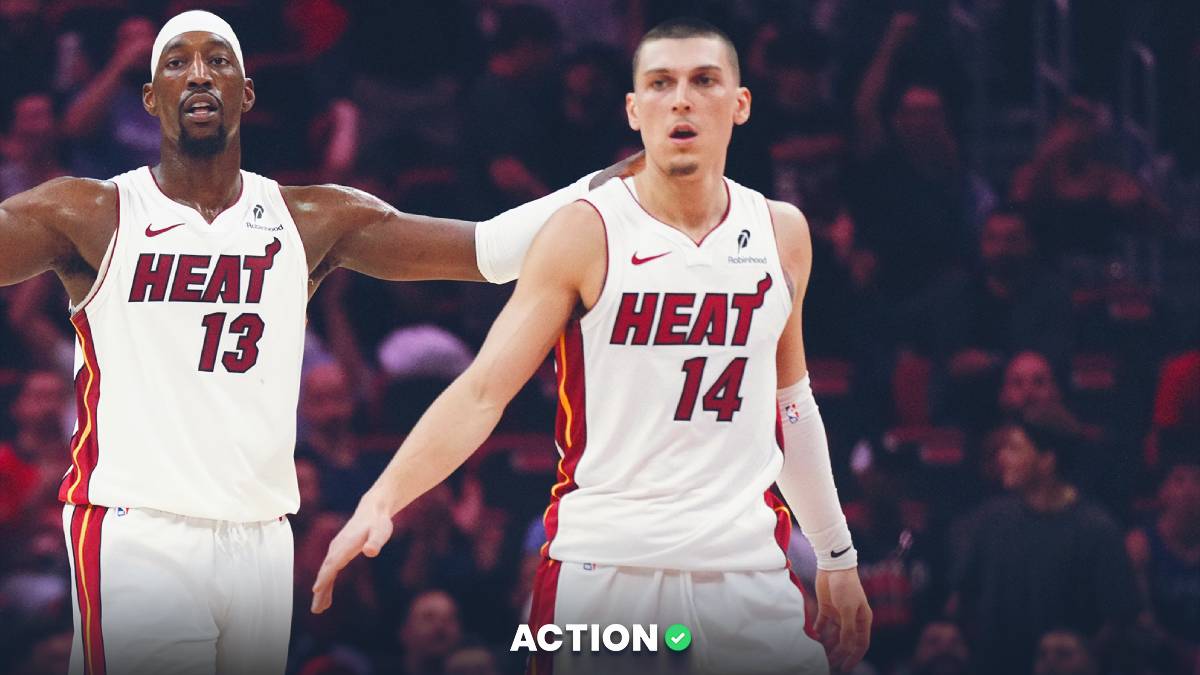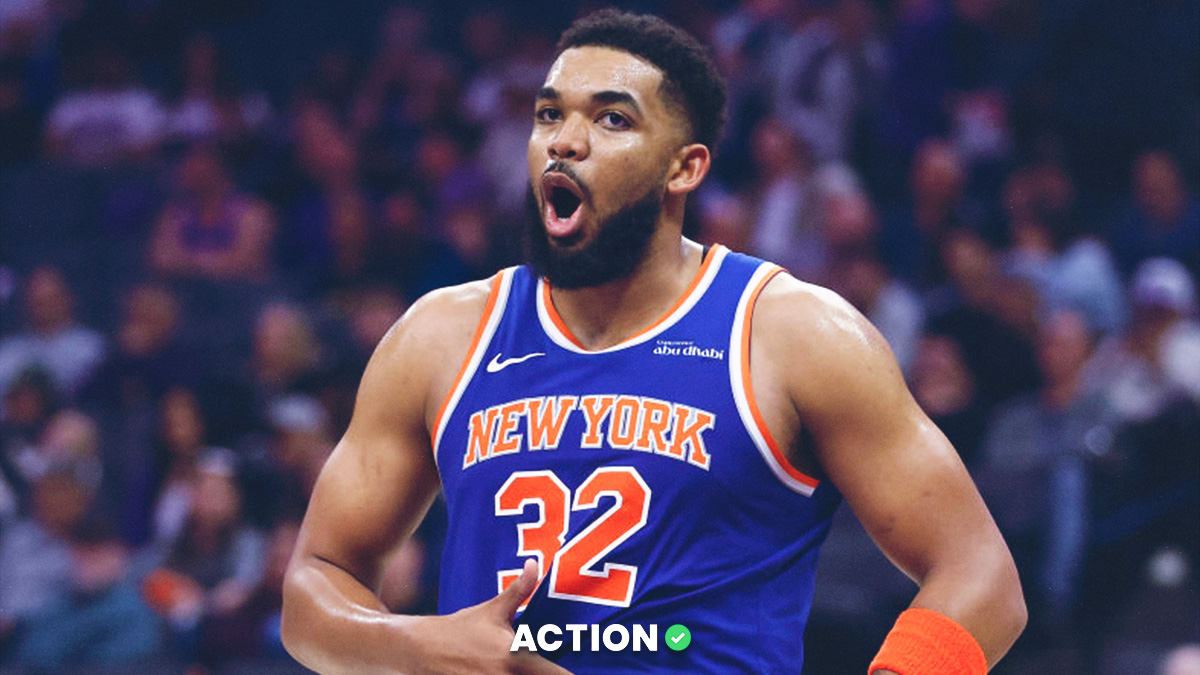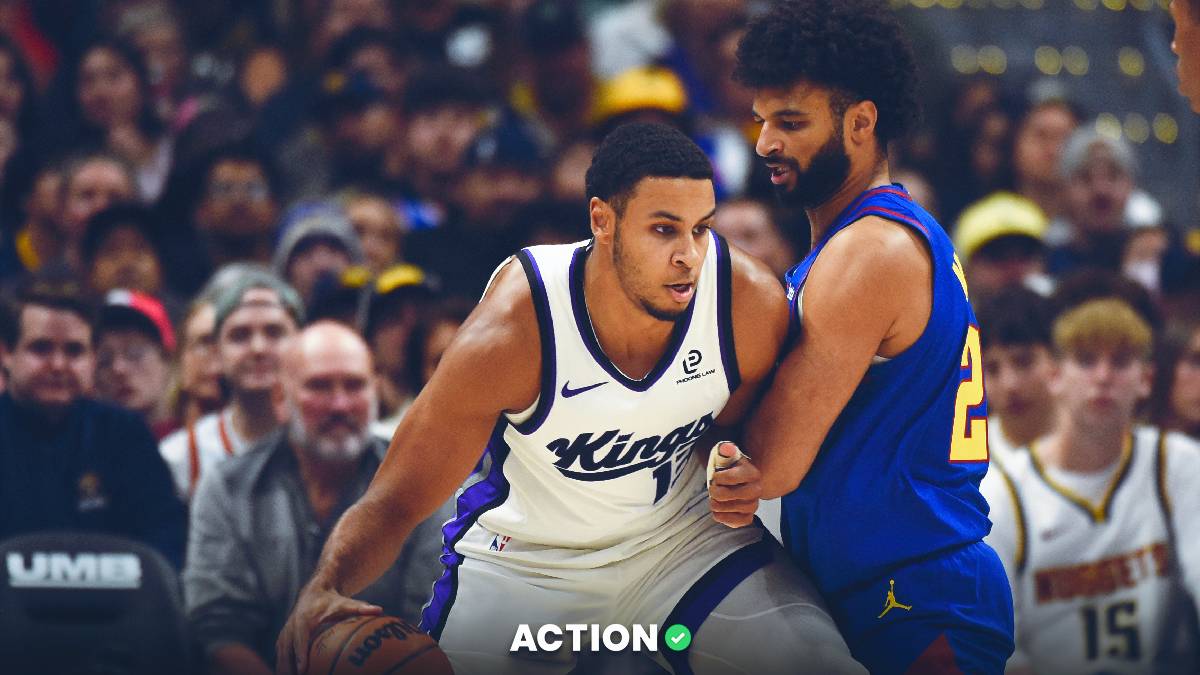The inaugural NBA In-Season Tournament wraps up group play on Tuesday night. The brainchild of Adam Silver has brought a lot of conversation in media and social media spaces, so with the last games finishing up, it's a good time to assess the successes and failures of the first tournament.
Here's what has and hasn't worked for the first regular season segment of the NBA In-Season Tournament.
What Has Worked: The Games Feel More Important
The goal for the tournament group play wasn't to create a playoff atmosphere. That's going to be nearly impossible, given how players have to pace themselves in the regular season. You wouldn't honestly want them to go that hard. The goal was to find a level of effort that's a little higher than the regular season but below, say, a play-in game. That's what the NBA has found.
As an example, when favorites have won in the past five seasons, they've covered 76% of the time. But in the In-Season Tournament, favorites are just 19-32-1 ATS (37%). And when they win, they're covering just 56% of the time. So we're seeing underdogs hanging in these games more consistently.
In total, 44% of the games have finished inside seven points. That's compared to 35% of all other games this season.
The feel of the game has been more intense. We've had games that felt like they had a little bit more oomph, a bit more chippiness and a bit more intent than typical regular season games.
Maybe that's entirely confirmation bias, but even if it's not "real," it has succeeded in creating something different in the early season, which leads me to next week's single-elimination tournament games.
What Hasn't Worked: Immediate Understanding of the Format
The NBA had to create a pretty complicated system to make this work in season, alongside the regular season. Everyone understands the bracket format (winner advances, loser goes home) for the actual tournament rounds, but the group play is complicated — both in terms of who teams play and why tiebreakers matter in terms of point differential. No one can remember who's in which division, let alone these groups that only last one year.
The NBA tried to help out with instructional videos on YouTube and during League Pass breaks, but this is going to take a while for people to adopt and understand. It's not even really a failure of the league, but just a necessary annoyance in trying to make this work.
What Has Worked: Scheduling Games on Tuesdays and Fridays
It provides high points of the week. On Tuesdays and Fridays in November, we know we're getting weird courts, we know we're getting games that count for the tournament and we know the matchups. The hardcore fans get to look at tiebreakers and how important one particular game is based on the schedule.
One of the longstanding problems with the NBA's regular season, part and parcel to it being too long, is that it's hard to know when any one game matters. You can look forward to a marquee matchup only to find out stars are out that night. Here, even if there are injuries, the games mean a little more, and you know it because of the night they're on.
The NBA also protected these games. No teams on back-to-backs and very few teams in a third-game-in-four-nights rest disadvantage spot. With the games split by conference, travel has been largely mitigated. These games have been given a spotlight and are protected. That's added to a little extra something to them.
What Has Worked: Branding
We'll talk about the courts in a second, but the idea of special courts was good. The NBA made these games look different. The Cup being part of the floor design is good marketing. (Now bring back the Finals logo on the floor!) The games being on special nights, with special floors and uniforms, let people know (and maybe in part the players) that this game isn't just like any other Tuesday in the regular season.
The NBA needed to go out of its way to make it clear that these games were special, and they did. From the preseason marketing campaign to the on-court visuals, the NBA differentiated these games, and that's important for creating awareness about the tournament.
What Hasn't Worked: The Name
The NBA In-Season Tournament is wordy and feels like it takes away importance.
"Is it the NBA tournament?"
"No, it's the In-Season Tournament."
Focusing on the Cup, as referenced in the great preseason commercial, works much better. The NBA needs to lean into the Cup. "We want the Cup!" is such an easy and good chant, after all.
What Hasn't Worked: The Courts, Mostly
The blue courts weren't bad, some were pretty good. The Indiana Pacers' "peacock blue" with the yellow accents worked well. Denver's blue and gold also succeeded. The muted colors worked.
But the reds. The reds were awful. It makes it hard to see and it offends the senses. The NBA wanted to make sure the In-Season Tournament stood out, but there has to be some awareness of what feels like an assault on the retinal nerves.
A key for next season is to keep elements that make the games feel different, but maybe not so much that it no longer feels like a basketball court. A good solve would be to keep the deep-colored stripe down the middle, but return to normal floors otherwise.
Again, the visual branding was good, but the execution needs a little work.
What Has Worked: The Prize for the Players
Players have openly said they want both the midseason trip to Vegas for a five-day stint and the $500,000 that the Cup-winning team earns. That's worked as motivation. Even the megastars who make almost that much per game have said they want to win it for their teammates who don't have those kinds of salaries. Having a reason to play for the other members of the team, the staff and the coaches, has provided enough incentive for the players to care without compromising playoff integrity or messing with the draft.
(While we're here, please stop suggesting the NBA reward the winner with the top draft pick. Players do not want to compete for their team's right to replace them with a younger, cheaper, and perhaps better talent.)
What Hasn't Worked: The Prize for the Fans
Fans still wonder why they should care. There are complications involving playoff seeding for the winner as that takes away regular season incentives for that team, interferes with the team's motivations late in the season and devalues the work other teams do in earning a playoff spot outright.
But there should be some sort of prize for the fans beyond "great games and the team wins the Cup." If we want to get existential here, I can talk about how the only reason the Larry O'Brien Championship Trophy "matters" is because we place value in its tradition, which the Cup hasn't had time for yet. But it does feel like there should be something for the fans to root for beyond pride.
My favorite idea so far is one that is very logistically difficult — the winner's team gets a future All-Star Weekend in their city. It gives the owners a reason to really invest in the tournament ($$$) and the fans the pride of their city to root for. It's also something the NBA likely has zero interest in, given that some cities can't logistically support the event. But it would be a great solution that doesn't interfere with the playoff race.
What's the Verdict?
It's a win. The tournament wasn't designed to reshape the face of the NBA or upend decades of tradition. It was created to provide something early in the season to up the ante on the games and give a little more energy to certain matchups. It's succeeded, with some powerhouses in a good position to compete and some underdogs, like the Pacers, in a position to ride early season momentum. We'll see how the knockout rounds play out, but the NBA In-Season Tournament has given us something else to pay attention to and bet during the early stages of the season.
It's worked for the NBA.


